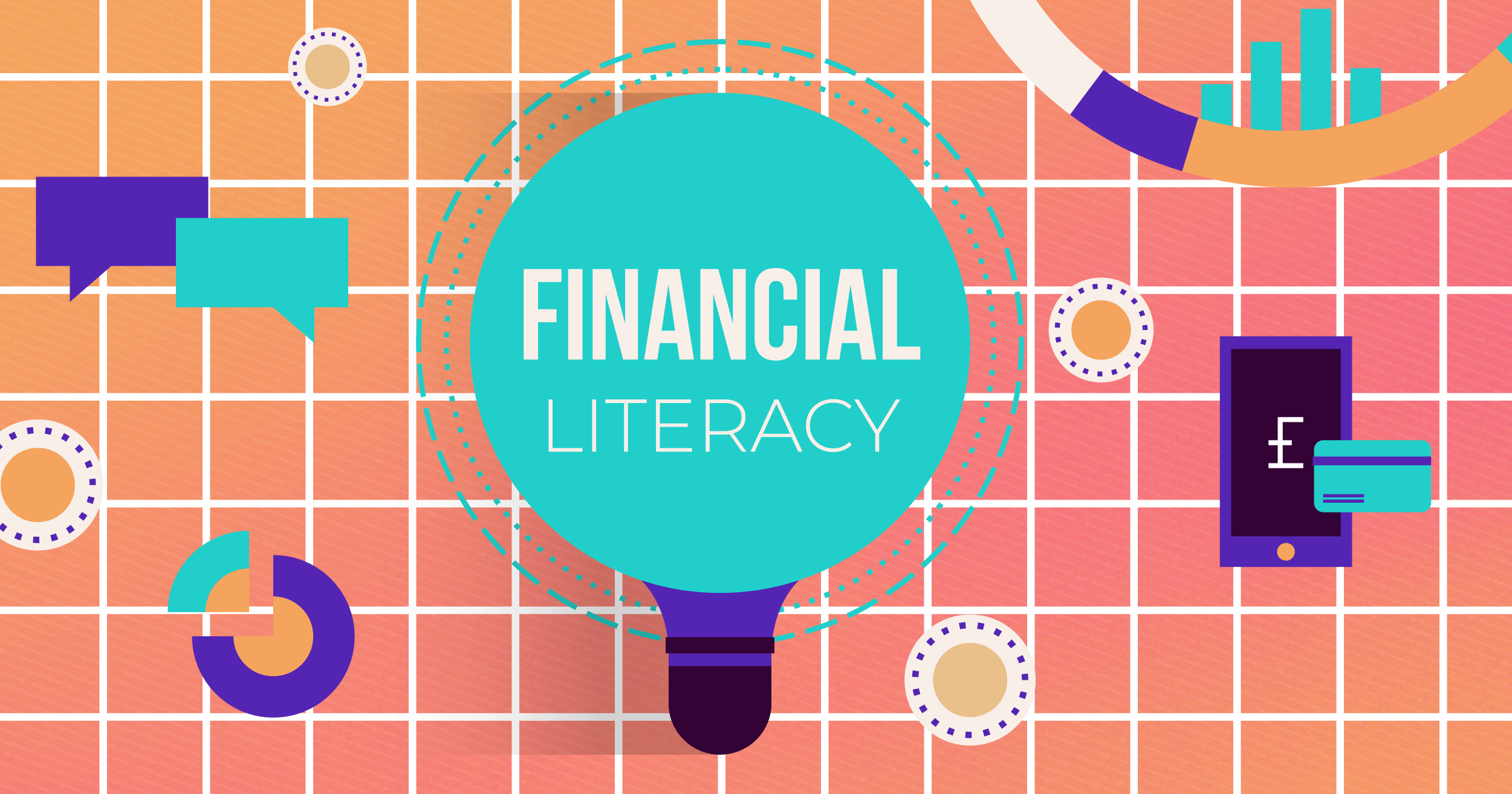It started with a post. A blurry screenshot of a price chart, dropped into a Reddit thread with a single 🚀 emoji. Within hours, call-option volume in real estate tech firm Opendoor (OPEN) exploded, posting more than a 10‑fold surge in volume compared to the previous 20-day average. Twitter feeds were filled with rocket stacks and laser-eyed profile pics, and Discord chatrooms were spitting out homespun memes faster than the stock was climbing.
Across Reddit and StockTwits, OPEN saw a 1,302% spike in retail chatter and wore a “92/100 bullish” sentiment tag amid record message volumes.
Other so-called ‘DORK’ stocks, Krispy Kreme (DNUT), Rocket Companies (RKT) and Kohl’s (KSS), joined the fray. All three saw surges, all apparently fuelled by nostalgia and crowd momentum rather than fundamentals. DORK refers to Krispy Kreme (D), Opendoor (O), Rocket Companies (R), and Kohl's (K).
Investing used to mean poring over company accounts or decoding charts. That still matters. But in today’s market, another signal is hiding in plain sight: the vibe.
Source MarketScreener. Data as of 13 August 2025. Share price returns in USD. N/A denotes a year when the company was not public and an * denotes the company went public that year and the performance does not reflect a full calendar year. Past performance is not a reliable indicator of future returns.
🚀
On the platforms where retail investors gather, such as Reddit (RDDT), X, and Discord, sentiment forms in real time. Moods can shift in minutes, driven by memes, emojis, and the collective energy of the crowd. According to the UK’s Financial Conduct Authority’s Financial Lives 2024 survey, one in five retail investors now use social media to research opportunities or keep tabs on their investments. That means these online conversations aren’t just side chatter, they’re becoming a core part of investing decisions.
Spikes in positive emoji use can come minutes, sometimes hours, before a share price moves. Retail investors are also increasingly tooled up, with institutional-grade tech that aggregates real-time data on social media sentiment, options volume, and short interest. For long-term investors, vibes are not a substitute for research but can provide early hints on where the market’s head is at.
Vibe investing goes back to John Maynard Keynes’ idea of “animal spirits”, coined in his 1936 work, The General Theory. It’s the idea that human emotion – not just cold, hard, rational calculation – drives economic activity. Incidentally, Keynes may have come to define this term after learning about animal spirits the hard way. As an investor, Keynes himself was subject to the capriciousness of animal spirits, suffering heavy losses during the 1929 Wall Street Crash.
Keynes argued that investment decisions are often guided by a “spontaneous urge to action” rather than careful calculation. Later, behavioural economists like Daniel Kahneman and Robert Shiller showed how sentiment, herd behaviour, and narrative contagion shape markets.
Awarded the 2002 Nobel Prize, Kahneman’s research posited that we make financial choices based on intuition, framing effects, and social context. Shiller, with George Akerlof, argued investor psychology – confidence, fear, and narratives – drives economic fluctuations. In Narrative Economics, Shiller explored how stories that resonate can behave like viruses, shaping beliefs and influencing markets.
🌊
Retail investing surged during the COVID-19 pandemic. Lockdowns were a perfect storm of stimulus cash, more time at home, boredom, and booming social media use. Meme stock rallies like GameStop (GME) and AMC (AMC) represented the idea that collective retail action could ‘beat’ Wall Street, reflecting a sort of transformation of the post-2008, Occupy Wall St. cultural narrative that still underpins vibe investing today. Apes together strong.
It’s not just retail investors who lean on vibes. About 40% of hedge funds have now integrated social sentiment analytics into their strategies, up from just 10% a few years ago. Firms like AQR Capital have embraced machine learning and AI to sift through this data tsunami.
A recent study used Reddit comments and a “Sentiment Volume Change” metric to create and backtest a strategy that outperformed a simple buy-and-hold strategy in bull markets and mitigated losses in bear markets. Of course, past performance is not predictive of future results.
Meanwhile, AI-powered sentiment datasets are growing in sophistication. For example, the StockEmotions dataset captures not just bullish or bearish tone but 12 finer emotional categories, including emoji use, enhancing predictive accuracy when combined with price data.
🌷
As advanced as these tools are, they’re just the latest evolution of something traders have always done: read the room. Before social media, traders gauged the mood on the exchange floor, overheard a broker’s whisper, or gossiped in City wine bars.
Centuries before GameStop, the same dynamic played out in crazes like the Tulip Mania of the seventeenth century, which saw rare bulbs traded for sums equivalent to houses, driven largely by the vibes of exclusivity and status. When people came to their senses, the market cratered and tulip prices plummeted by over 90%.
In 1720, the South Sea Company promised treasure from trade with South America. Britain’s elite bought in. Shares soared tenfold on the vibe of seemingly inevitable fortune, even as actual trade prospects were meagre. When reality hit, the stock crashed, fortunes evaporated, and even Isaac Newton was burned. “I can calculate the motions of the heavenly bodies, but not the madness of people,” Newton lamented. Three centuries on, the South Sea Bubble is still a good example of mood over maths.
In the run up to the 1929 crash, stocks were often bought on margin with little regard for company earnings. There was a feeling that the market could only go up, and investors acted on that mood. As we know, it didn’t quite turn out like that. It was pure hopium, not analysis, that fuelled much of the rally.
The internet brought new accelerants. Yahoo! Finance message boards, RagingBull, and early IRC/ICQ trading chatrooms in the late 1990s spread hype and fear faster than newspapers. During the dot-com bubble, these online sentiment swells often moved small-cap tech stocks.
More recently, platforms like X and StockTwits gave traders real-time, mass-broadcast tools for sentiment. Academic research (Bollen et al., 2011) found that Twitter mood could predict the Dow Jones Industrial Average with surprising accuracy, one of the first large-scale proofs that vibes can lead price moves.
🐑
Humans evolved to follow the crowd. In markets, that can mean buying because everyone else is. This is a key part of strategies that fall into the category of momentum investing. Asset prices that have been going up in the recent past are more likely to keep going up in the short-to-medium term, and those that have been going down are more likely to keep falling.
It’s rooted in research that shows markets often underreact to new information, meaning prices adjust gradually rather than instantly. Academic work by Jegadeesh and Titman (1993) found that buying recent winners and selling recent losers generated abnormal returns over 3-12 month holding periods.
Momentum investing is effectively the quantified cousin of vibe investing. Both rely on the idea that crowd psychology and sentiment drive prices beyond what fundamentals alone justify. The difference is that momentum is measured in price action, whereas vibe investing can detect those shifts earlier through sentiment signals.
In behavioural economics, social proof is the idea that people look to others’ actions as evidence of what’s correct. In meme markets, this is visible as post volume, emoji density, and virality. Emotional contagion is the tendency to ‘catch’ another person’s feelings through unconscious mimicry. In face-to-face settings it’s about body language and tone. Online, emojis and memes take the place of these nonverbal cues.
A pioneering study in 2012 produced the first experimental evidence on how emotions ripple through digital networks, studying Facebook (META) users. Researchers altered how many positive or negative posts appeared in users’ News Feeds for a week, then tracked how those tweaks changed users’ emotional language online. People who were intentionally shown fewer positive posts used more negative words in their updates. The reverse also held true. Even tiny emotional nudges can aggregate into real-world consequences, shaping optimism, conviction, and buying patterns.
Research on Twitter found similar mood contagion dynamics, showing exposure to more positive (or negative) content increased the likelihood of matching sentiments in users’ own posts.
📉
The same social contagion that drives stocks up can reverse just as quickly. Sometimes faster. A mood swing online can erase gains in hours, leaving latecomers holding the bag. Pump and dump scams capitalise on these behavioural biases to drive up dramatically the prices of typically smaller, rarely traded stocks before selling into the euphoria and cratering the stock. Survivorship bias also clouds the picture. We remember the rallies because they rocketed. We forget the dozens of smaller meme plays.
A 2025 study from NYU Stern and the NBER found the median investor spends just six minutes researching a stock before buying. Only 14% of that time was spent on fundamentals, less than 1% on risk. It’s a reminder that in the meme era, impulse often beats analysis. While the study drew from 2007 data, it's still valuable. Researchers don’t often get such a fine-grained look at online investing practices. Recent evidence suggests retail investor behaviour has only become more impulsive since then. Taking the time to research before taking the plunge can allow cooler heads to prevail.
For investors, the takeaway isn’t to ignore vibes altogether, but to treat them as one tool in their toolbox. They can be a useful early-warning system for sentiment shifts, signalling when conditions are frothy or fearful. Vibes can also serve as good contra indicators, too. Primo investor Warren Buffet said in 1986, “Be fearful when others are greedy, and greedy when others are fearful.”
While a positive vibe might point to an opportunity, it’s worth remembering hype can fade faster than fundamentals change. The best investors find a balance: reading the room without letting it dictate every move. In the end, fundamentals are still, well, fundamental.
This should not be read as personal investment advice and individual investors should make their own decisions or seek independent advice. This article has not been prepared in accordance with legal requirements designed to promote the independence of investment research and is considered a marketing communication.When you invest, your capital is at risk. The value of your portfolio can go down as well as up and you may get back less than you invest. Past performance is not a reliable indicator of future results.Freetrade is a trading name of Freetrade Limited, which is a member firm of the London Stock Exchange and is authorised and regulated by the Financial Conduct Authority. Registered in England and Wales (no. 09797821).








.avif)
.jpeg)



